Dentures
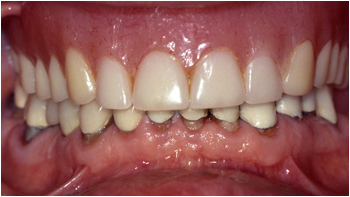
Before
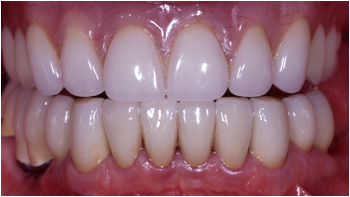
After
Dentures and Partial Dentures
A denture is a removable dental appliance replacement for missing teeth and surrounding tissue. They are made to closely resemble your natural teeth and may even enhance your smile.
There are two types of dentures – complete and partial dentures. Complete dentures are used when all of the teeth are missing, while partial dentures are used when some natural teeth remain. A partial denture not only fills in the spaces created by missing teeth, it prevents other teeth from shifting.
A complete denture may be either “conventional” or “immediate”. A conventional type is made after the teeth have been removed and the gum tissue has healed, usually taking 4 to 6 weeks. During this time the patient will go without teeth. Immediate dentures are made in advance and immediately placed after the teeth are removed, thus preventing the patient from having to be without teeth during the healing process.
Once the tissues shrink and heal, adjustments will have to be made.
Dentures are very durable appliances and will last many years, but may have to be remade, repaired or adjusted due to normal wear.
What does getting dentures involve?
The process of getting dentures requires several appointments, usually over several weeks. Highly accurate impressions (molds) and measurements are taken and used to create your custom denture. Several “try-in” appointments may be necessary to ensure proper shape, color, and fit. At the final appointment, your dentist will precisely adjust and place the completed denture, ensuring a natural and comfortable fit.
It is normal to experience increased saliva flow, some soreness, and possible speech and chewing difficulty, however this will subside as your muscles and tissues get used to the new dentures.
You will be given care instructions for your new dentures. Proper cleaning of your new dental appliance, good oral hygiene, and regular dental visits will aid in the life of your new dentures.
Dentures 1
The old upper denture was worn and uneven while the crowns on the lower arch were poorly fitting. Remaking the lower crowns at the same time as the upper denture allowed for improvement in hygiene and appearance. Leveling of the bite plane significantly improved stability of the new upper denture.
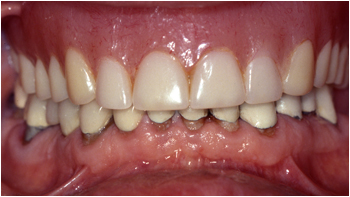
Before
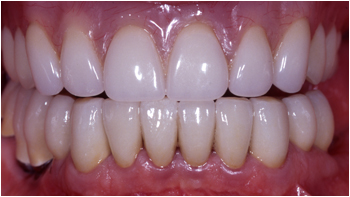
After
Dentures 2
The bite has over-closed over many years. The lower teeth are hidden from view. The upper teeth were extracted and restored with a new denture and the lower teeth were restored with crown as they were discoloured and broken down. Eventually the upper denture was replaced with an implant-supported over-denture, which provided a more stable prosthesis.
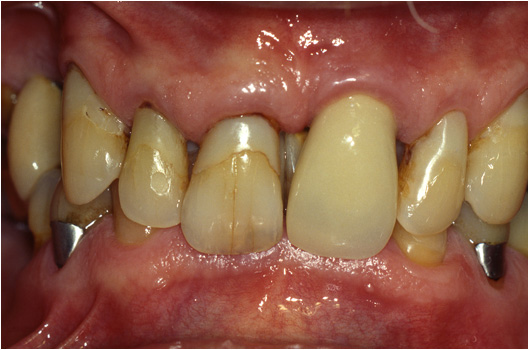
Before
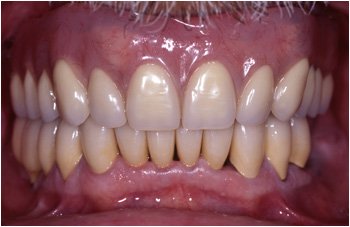
After
GET IN TOUCH
The Atrium Clinic, The Atrium, Blackpool Business Park, Blackpool, Cork.
T: 021 439 9056 E: [email protected]
